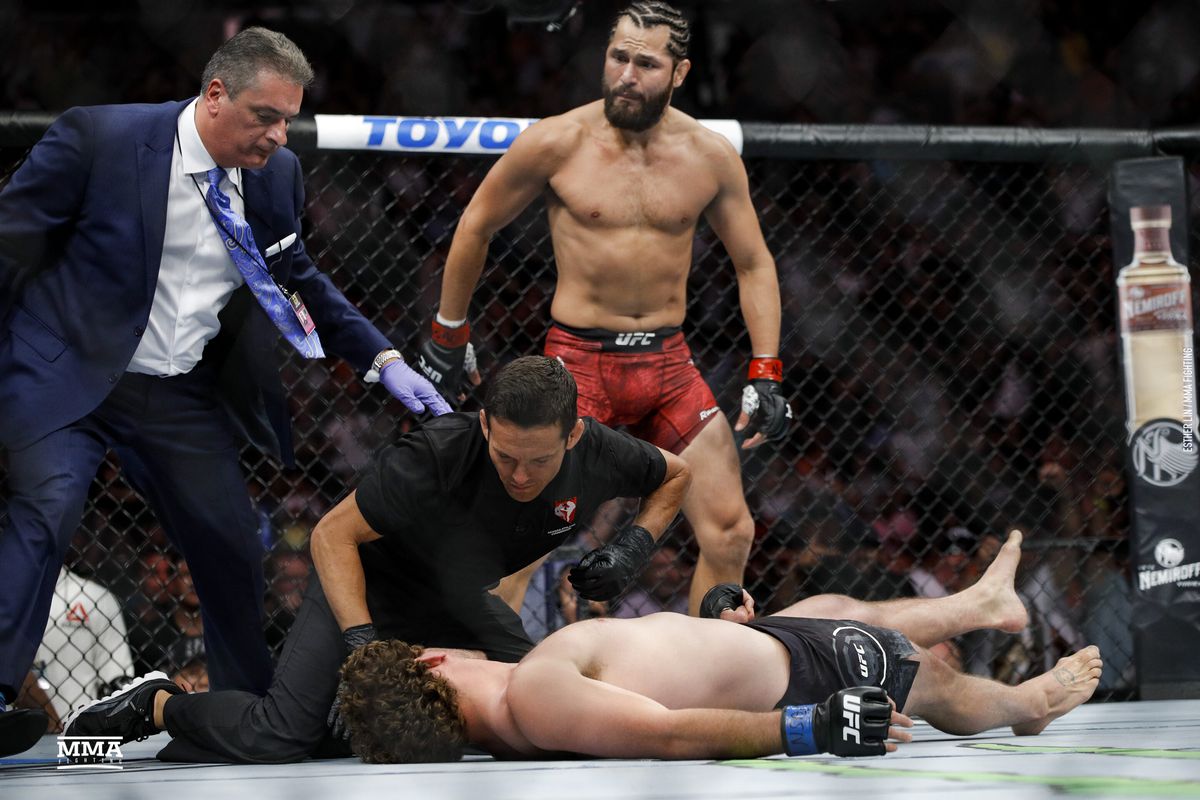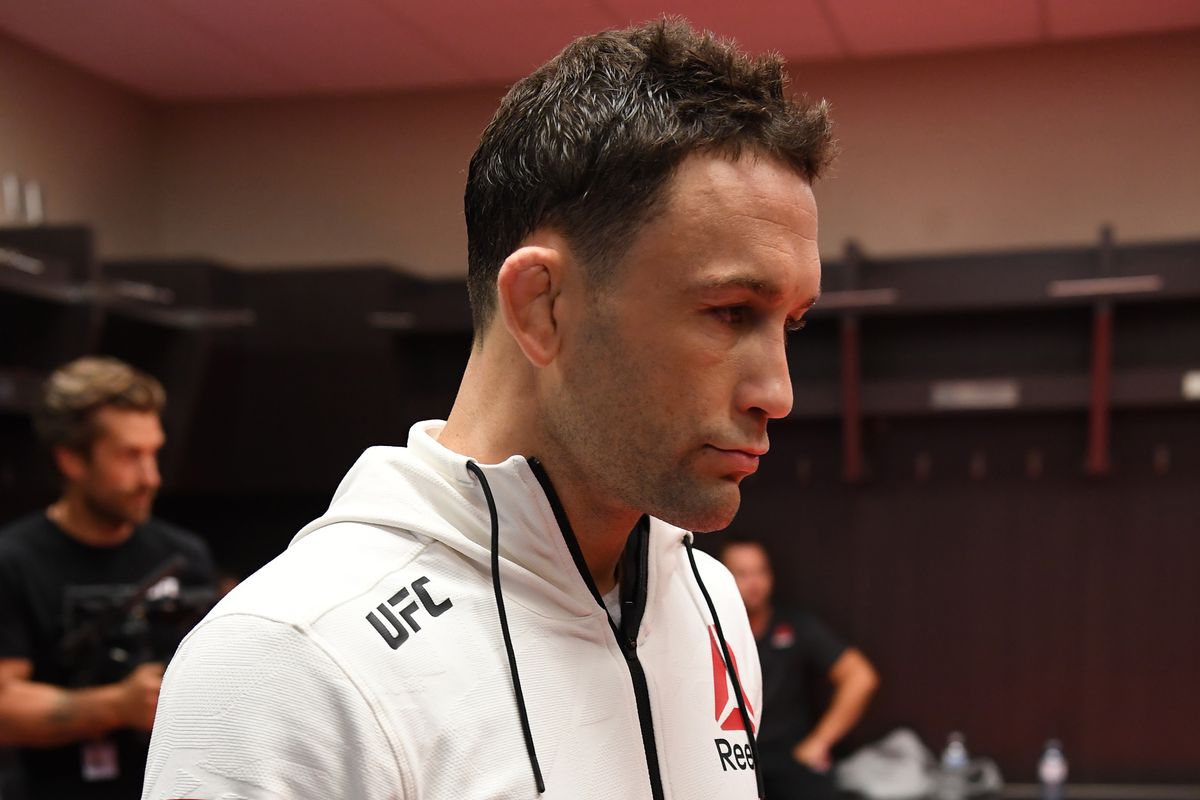 By Katrina Belcher
By Katrina Belcher
(KatrinaBelcher@mmaratings.net)
Nowadays you see them everywhere: black or gray grunge-look t-shirts and hoodies, complete with skulls, crossbones, and dripping blood with TapOut, Affliction, Projekt Label decals and more, with such sayings as I Love MMA, Gladiator, Keep it in the Ring, Combat Killer and more. Not the kind of apparel your kids’ schools allow.
Who wears this stuff? MMA fighter wannabe’s, fans, or hardcore mixed martial arts fighters? I think the answer is “all of the above”.
But what about the MMA fighter wannabe who’s sporting crazy hair and a body covered by tats – did they get themselves decorated too soon, or can they too someday step into the ring and get the admiration of thousands, like Randy Couture, George St. Pierre, Lyoto Machida and Anderson Silva? I mean, these guys appear to be just regular guys, right?
According to Andrew W. Miracle Jr. and C. Roger Rees, in their 1994 book: Lessons of the Locker Room, for all professional sports, only 4 of every 100,000 white males, 2 of every 100,000 black males, and 3 of every million Hispanic males will ever achieve professional athletic status.
The NCAA says there are a total of 628 NCAA football teams, including teams from all four divisions (FBS [I-A], FCS [I-AA], II, and III). One division I-A football team includes over 100 players on its roster. To be safe, if we assume there are around 60 players on each football team, then we can safely say there are approximately 37,680 NCAA football players in the country (obviously this number may be higher).
In NFL there are 32 teams, each with 53 players on its roster for a total of 1,696 football players in the NFL. So each year over 9,500 new potential players are entering the NFL job market (one quarter of 37,680). In addition to those players vying for the new jobs in the NFL, there are the current NFL players and other walk-on players that already exist. (Some sweet data I found online.) So in reality only about 250 NCAA players are drafted into the NFL each year.
So if we break this down: 250 / 9,500 = 2.6% – which means the odds of a college football player making it to play pro-football in the NFL is about 1 in 40. Ouch.
Pretty much what this tells us is that in essence, if you want to be a professional NFL, NBA or baseball star, your chances are pretty slim. If you’re a woman, the chances of playing in this type of professional sport are even lower. But what about becoming a professional MMA fighter?
According to FGCU student and MMA fan, Brandon Chavis, “Mixed martial arts is great because almost anybody can do it. You don’t have to be tall, fat, brawny or even all that fast; you just have to know your stuff in the ring.” Could be Brandon has a point.
Karate dojos that once extolled the value of kata (a system of basic body positioning and movement exercises, as in karate or judo) and sparring (the art of self-defense in which sharp blows and kicks are administered to pressure-sensitive points on the body of an opponent) to members of the local community now incorporate “mixed” martial arts in their curriculum. And they’re on every corner. MMA training centers have become the gas stations of karate.
Rich Franklin started out as a second string high school football player who wanted nothing more than to play college ball, but ended up a teacher.
As most people know, Captain America, Randy Couture, was settling into life as a wrestling coach, until he saw a video of a UFC event and decided to pursue a career in mixed martial arts.
Before turning pro as a mixed-martial artist, George St. Pierre worked as a bouncer at a Montreal night club and as a garbage man for six months to pay for his school fees.
Lyoto Machida obtained a college degree in Physical Education, when he met Japanese pro wrestler and promoter Antonio Inoki. Because he saw potential in Machida, Inoki took him as a protégé and billed him as an upcoming star. (Thank goodness, otherwise we might never have seen him in action!)
Anderson Silva alone seems to have always sought a career in the fight world. He actually started out as a boxer in 1998, trained as a member of the Chute Boxe Academy (a la Cris “Cyborg” Santos) and is now part owner of Team Nogueira MMA Academy in Miami, Florida, with Rodrigo Nogueira as his partner.
Yes – these fighters appear to be every day guys, but let’s face it, they’re not. They did what they had to do to make it.
There are a lot of individuals out there who now want to jump on the MMA-bandwagon, and while they are every day guys and gals too – it’s never going to happen for them. Unless you’ve trained in at least one or more martial art system, combined with boxing and/or kickboxing, being an MMA fighter is more difficult than most people realize.
Even great athletes who may be skilled in “their” sport, like Jose Conseco, will find creating a career in MMA difficult, if not impossible. Another issue: sometimes these guys have all the best intentions and really want to fight – but things change when they step into the ring. Wanting to fight and actually doing it, in the ring, with thousands of people watching, are two different things. If you’re an actor, it’s called stage fright. If you’re a fighter, it’s called ring fright.
So can anyone become a professional MMA fighter? Sure – if they have: 1) trained in the martial arts and other fighting disciplines, 2) maintained a structured training regimen, 3) developed skills, 4) fought some amateur fights and actually entered the ring, 5) learned to hit – and 6) learned to get hit.
My advice is, if you’re thinking about becoming an MMA fighter, first — put your time in, don’t try and do it overnight; second — make sure you really wannabe one before you run out at get all those tats. You might find you can’t use them.



